As of 2018, student loans have ballooned up to an unfathomable $1.48 trillion with over 44 million Americans struggling to pay. A comprehensive analysis by Brookings expects default rates could quadruple in 5-6 years, which means that 40% of borrowers will still be paying a significant amount of debt two decades after taking them for failure to pay on time. My Education Solutions previously brought up that many Americans who believe they qualify for a loan forgiveness plan are actually just paying reduced rates. In some instances, especially with Public Service Loan Forgiveness, many become disqualified because of the tiniest errors, such as missing their annual re-certification, a service they provide.
The Domino Effect of Student Loans
There is no simple answer to the very complex question of the financial crisis in higher ed. Bloomberg speculates that one factor is the housing crisis post-recession. It’s either you top up your current mortgage or take out a sizeable loan for your kid’s tuition. Add in expensive health care costs and credit card payments and the bills could really rack up.
A much simpler explanation would be that tuitions are hiking up at an exponential rate. Quartz Media shares last year’s findings that top-tiered institutions charged a quarter of a million dollars for a four-year degree, not counting additional costs like study materials and personal expenses like room and board. There is also the whole debacle on for-profit colleges which have been publicly accused of misleading students with the promise of a better future.
The idea is that the better the school, the better the job you land after graduation, the better your quality of life. Of course, that doesn’t always pan out. Salaries have remained stagnant while almost every other expense has risen.
Where you borrow money also matters in how much debt you accumulate. Federal loans are less expensive than private loans but they may not cover all expenses. However, Maryville University explains that private loans require repayment as soon as the loan is granted, compared to federal loans which wait until a student graduates. This means that the initial financial burden might fall on the student’s backer, such as their parents, then on the students when they graduate.
As a student, taking careful measures in picking the right institution is always helpful. And checking for the school’s student loan default rate may be indicative of how many graduates have funds to pay back their loans. Be wary of refinancing your student loans and make sure you really understand what you’re committing to. Before you chose your repayment option, it’s always important to read between the lines because the simplest mistake can affect you in the long run. As a student, really, the best thing you can do is study hard and give your education your best shot— it’s the biggest investment you’ll ever make.
Post submitted by EducationNow
For the sole use of My Education Solutions
Author Bio:
EducationNow graduated in 2016 with a Bachelor’s Degree in Sociology.
Like many others, she is still in the process of paying her student loans while managing to live a full life as a financial consultant for Millennials and as an amateur painter.
